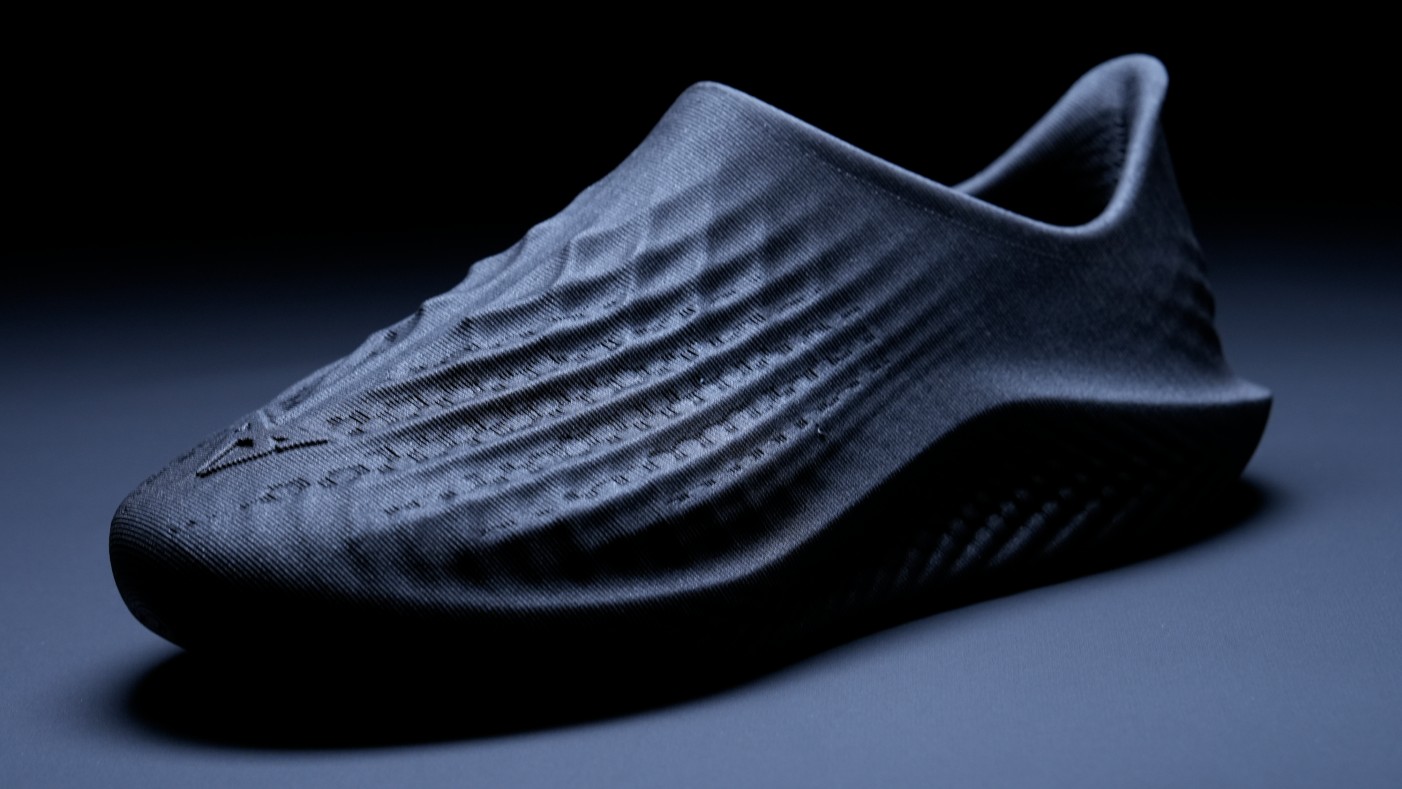How to get the most out of art conventions
Get more from going to an art convention with these tips.
Conventions have changed a lot since Arthur C Clarke and a group of British fellows got together in 1937 to discuss sci-fi – quite possibly over a cup of tea. They've gained momentum over recent years and come into their own. Take San Diego Comic-Con, whose attendance rate has almost doubled over the past 15 years to rival the numbers of people going to mainstream music festivals.
If this is good news for convention organisers, it’s even better news for artists. Not only do they have more people to network with (conventions are a great way to learn how to network) and sell to, they also get to increasingly feel like they’re part of a community – a sensation that all too often can seem out of reach.
01. Grow your community
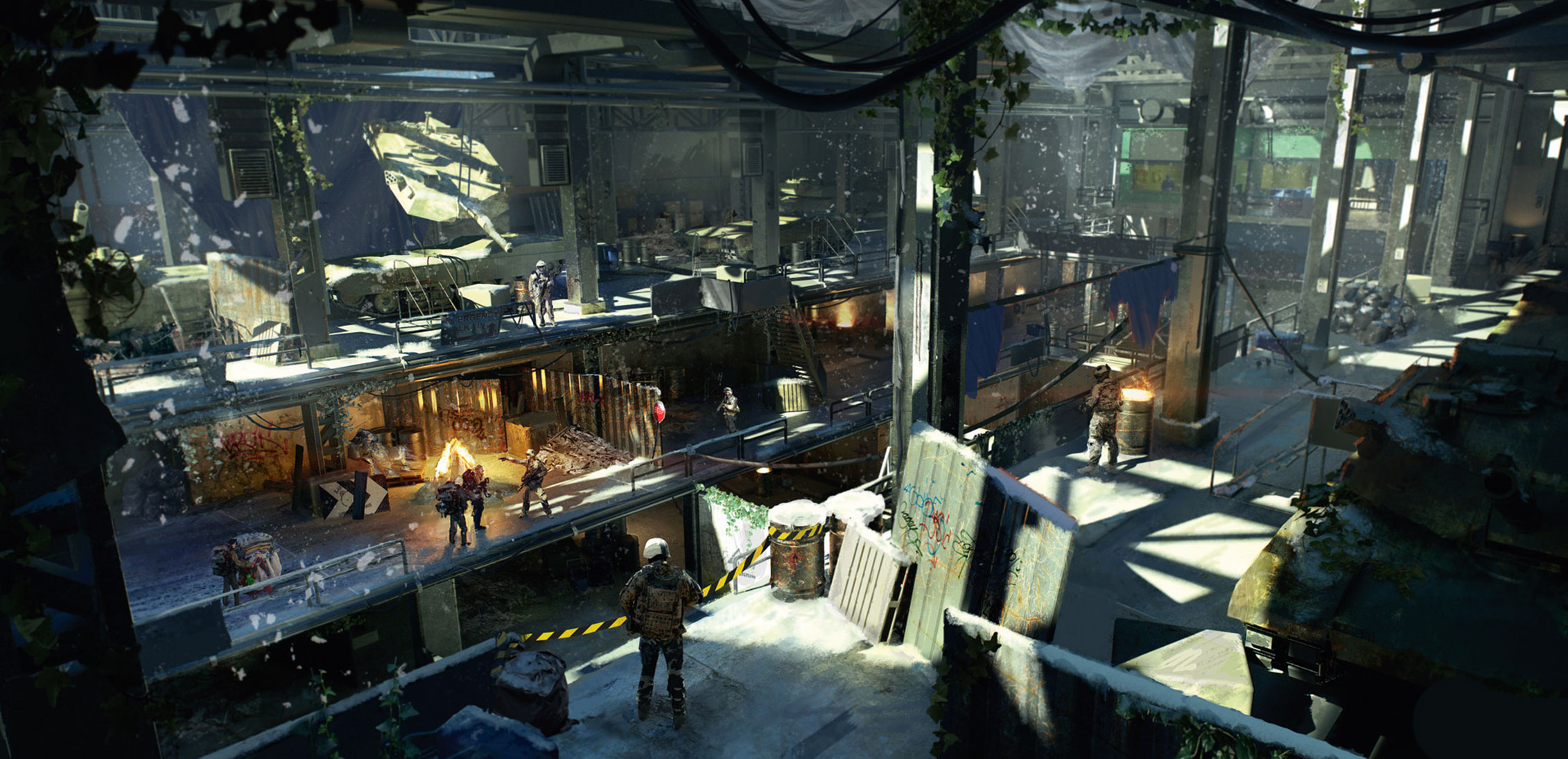
“Making comics can be a very solitary existence,” says convention veteran, illustrator and NC Comicon co-owner Tommy Lee Edwards. “Conventions are a great way to get out of your creative dungeon and spend some time with friends, colleagues and fans. A good convention experience leaves me feeling inspired, refreshed, and energised to do my best work.”
Jort van Welbergen, one of the organisers behind The Netherlands’ Playgrounds Festival, agrees. “The beauty about these events is that artists, aspiring artists, freelancers and employees from all over the world all come together in one place. It’s like getting a glimpse into what this industry stands for, what it represents, what kind of people work in it, and what their hopes and fears are.”
02. Choose your work carefully
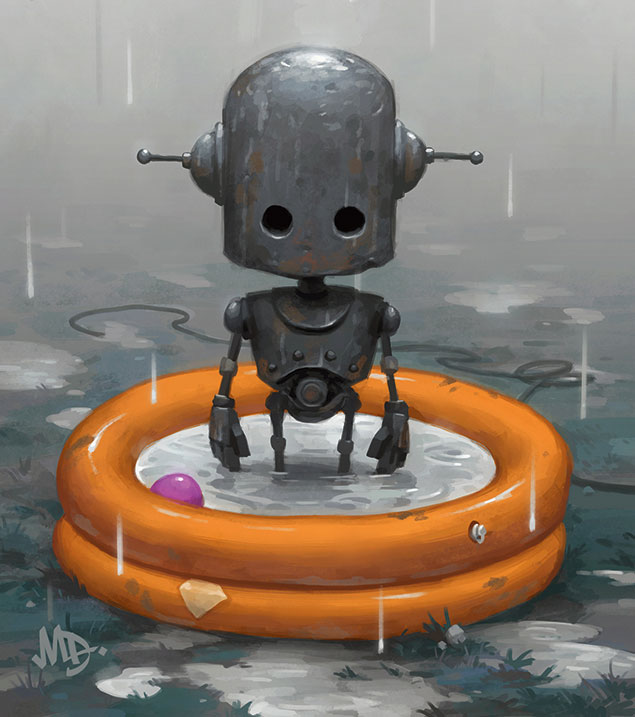
One of the main lures for artists when it comes to attending festivals is the opportunity to get their portfolio reviewed by their heroes. For comic artist Emma Vieceli, the payback was immediate. "Without cons, I wouldn't have been found by manga site Sweatdrop," she explains. "I was invited to join the group after my first ever anime convention."
Such instant success is not the norm, but, according to illustrator Dylan Shipley, it's still crucial to ensure people remember your art through preparation and presentation. "Sometimes you don't have much time to show your work," says Shipley, "so choose around a dozen of your strongest pieces of artwork, with your best first and your next best last to leave a good impression."
Be extremely receptive to any criticism… even if you feel innately defensive. Good criticism is gold.
Dave Seeley
If the thought of offering your work up for review sounds a little too intimidating, illustrator and San Diego Comic-Con exhibitor Dave Seeley has some advice to keep in mind.
“I’d say keep your folio to 10-15 strong pieces that show a diversity of fluency, including figures, environments, tech and creatures. You really need to do it all, to avoid being a niche illustrator. Ask pointed questions for specifically targeting feedback. Be extremely receptive to any criticism… even if you feel innately defensive. Good criticism is gold, and if the reviewer feels you’re too sensitive to hear it, they’ll devolve to platitude and you get nothing to help you evolve.”
“Bear in mind that organised portfolio reviews can be very busy,” says illustrator and concept artist Matt Dixon. “The people reviewing the work have seen many portfolios and may well be tired from the previous night’s party, so don’t include irrelevant work and do whatever you can to be memorable. Do something different. And make sure you have a card with your contact details to leave with them.”
03. Make a stand
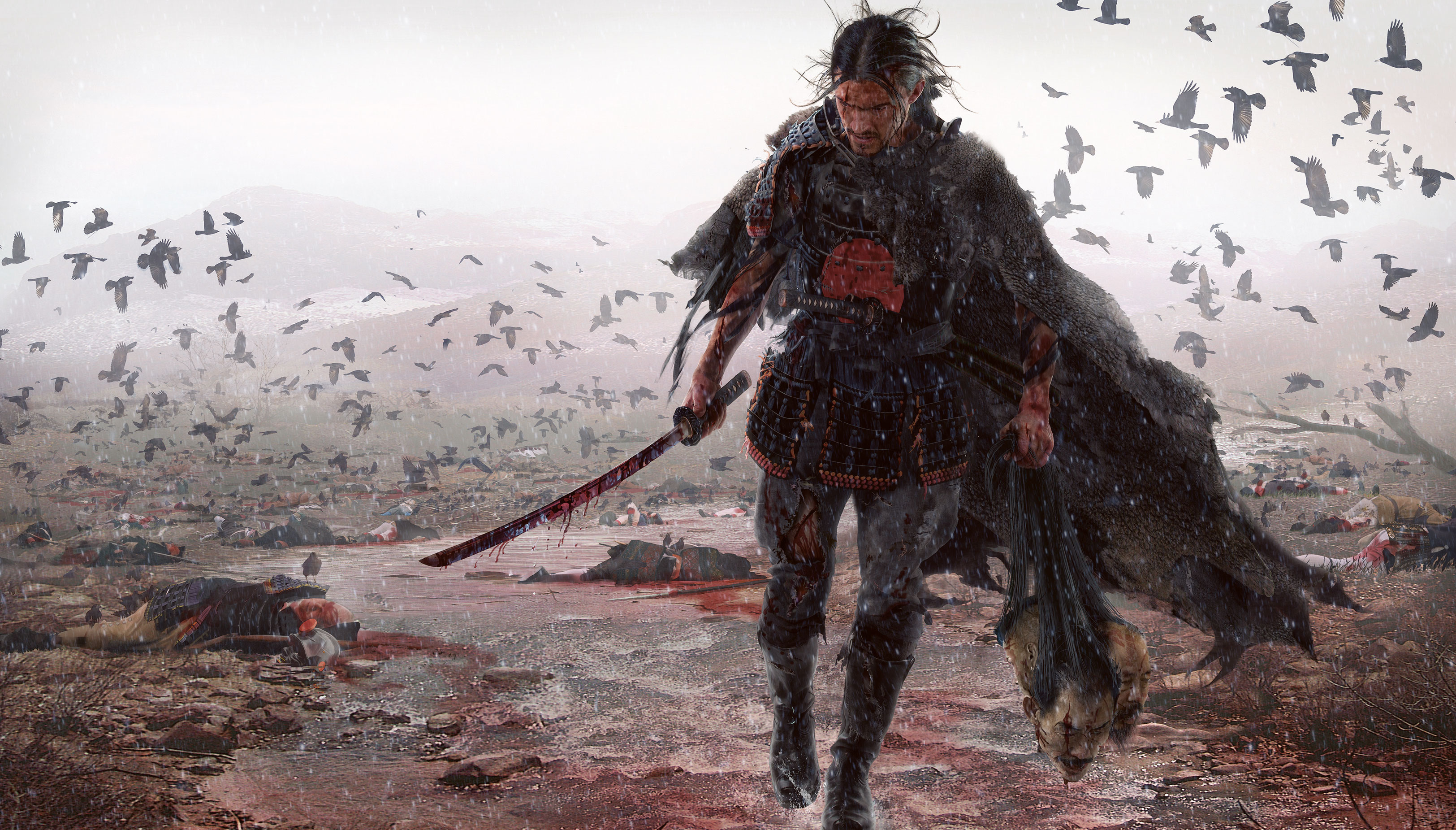
To get the most out of a convention, Edwards recommends reading up on the event and thinking ahead. “Go to a convention with a goal in mind. Do you want to sell prints and books and take lots of commissions? Cool – you’ll probably be stuck behind the table and often working in your hotel room into the night. I’ve done that when I needed to make some money.”
This might sound like all work and no play, but setting up a stand at a convention is a valuable way to find your audience and get your art noticed by people who might not see it otherwise. Making some money doesn’t hurt, either.
“Arranging to exhibit at a convention is usually a simple matter of contacting the organisers,” says Dixon. “Most conventions have a website with all the relevant information, and while a few may have restrictions on what goods can be offered for sale, in most cases the events are open to everyone. Some conventions offer special artist or small press areas, which can be cheaper than a standard sales table and also means you’re grouped with similar traders.”
04. Be persistent...
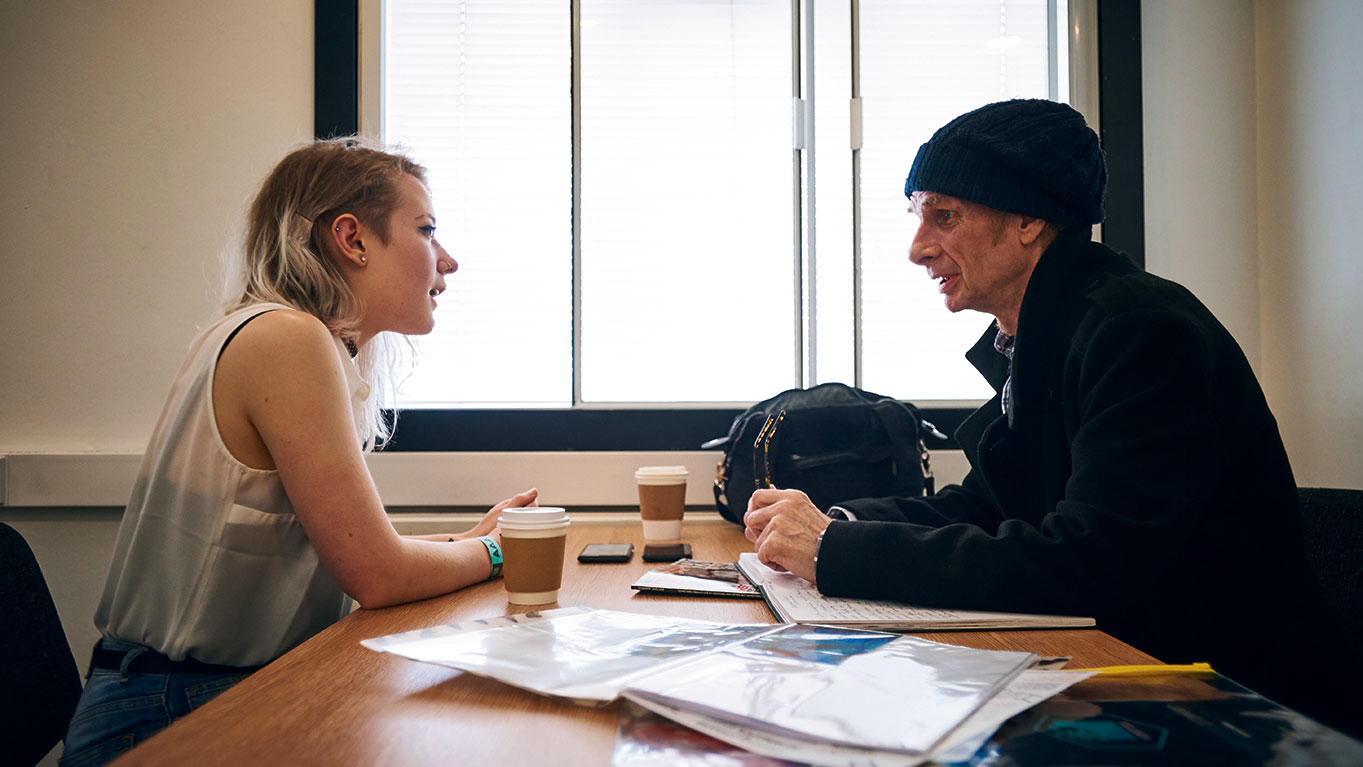
Setting up a stall is one way to meet people, but nothing can beat getting out onto the floor and talking to potential collaborators and clients face-to-face. Breaking out in a cold sweat at the thought of approaching strangers? Don’t worry. Digital sculptor, Vertex speaker and workshop host Glen Southern is here to offer some advice.
“Just be nice. No one likes arrogant or loud people. But also be persistent. Failure is part of the succeeding process. Keep knocking on the doors. Not everyone will have time for you at events, but no one will have time if you don’t go.”
As for doing something different to get noticed, Southern has ditched business cards for a decidedly more up-to-date approach. “I like to make sure my contact goes into someone’s phone with a picture of me or what I do. It can be deleted, but I can’t be idly tossed into a trash can on the way home.
“In this world of online social media overload I can’t stress how powerful it is to walk up to someone, give eye contact and converse,” continues Southern. “Face-to-face meetings mean more and people will remember you if you are polite, passionate and also have an amazing portfolio on your tablet or in your sketchbook.”
05. ... But be humble too
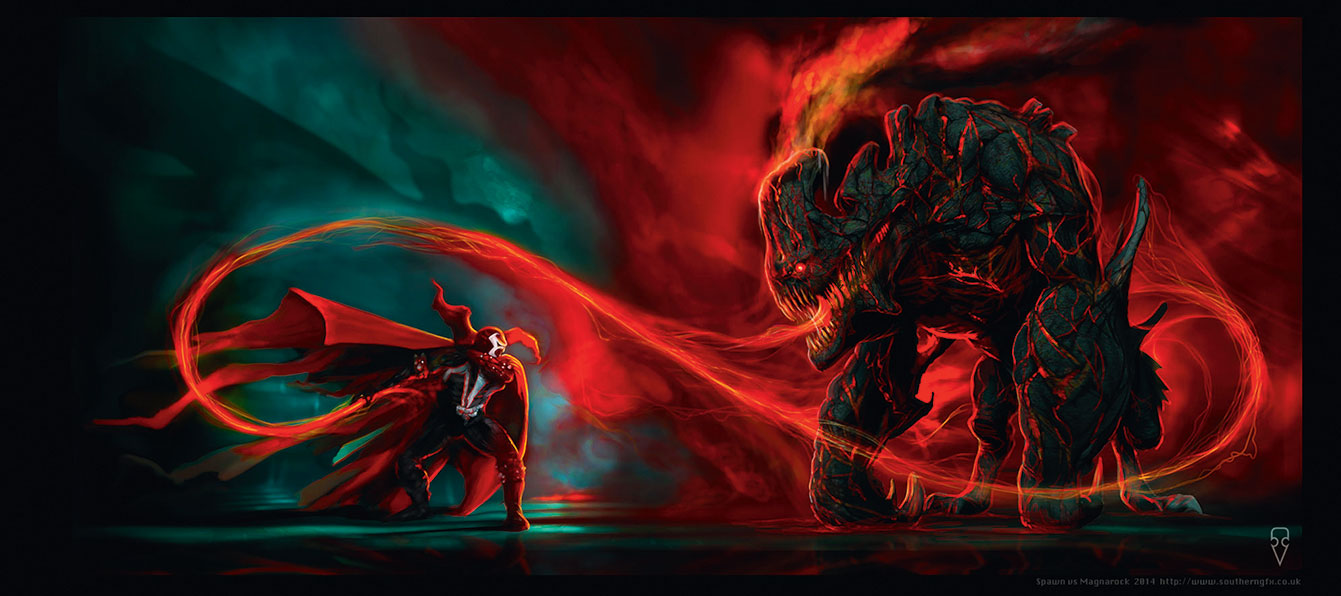
Even with your best art backing you up, however, it can be difficult gauging how to sell the 'You' brand. Difficult and potentially terrifying. "I’m a reserved person," admits concept artist Alex Taini, "and a bit shy too, so when I started attending cons I was a bit lost."
Such genuine shyness can sometimes come across as being aloof. "I was nervous and would put my sketchbook in the faces of everyone under the roof," Shipley says. "The worst thing you can do is appear like you think your artwork is better than everyone else's."
Humility is vital, no matter what a mega-genius you are. "It riles me when people walk up to my table and, without a glance at my work, dump their huge portfolio over my prints, looking at me with a smug expression," exclaims Vieceli. "That's not cool, no matter how talented you are."
Taini also notes the importance of modesty. "Always be humble. In cons and expos there are people from all over the world with different cultures, backgrounds and skills, so don’t close yourself in to your own little world."
05. Hang around after hours
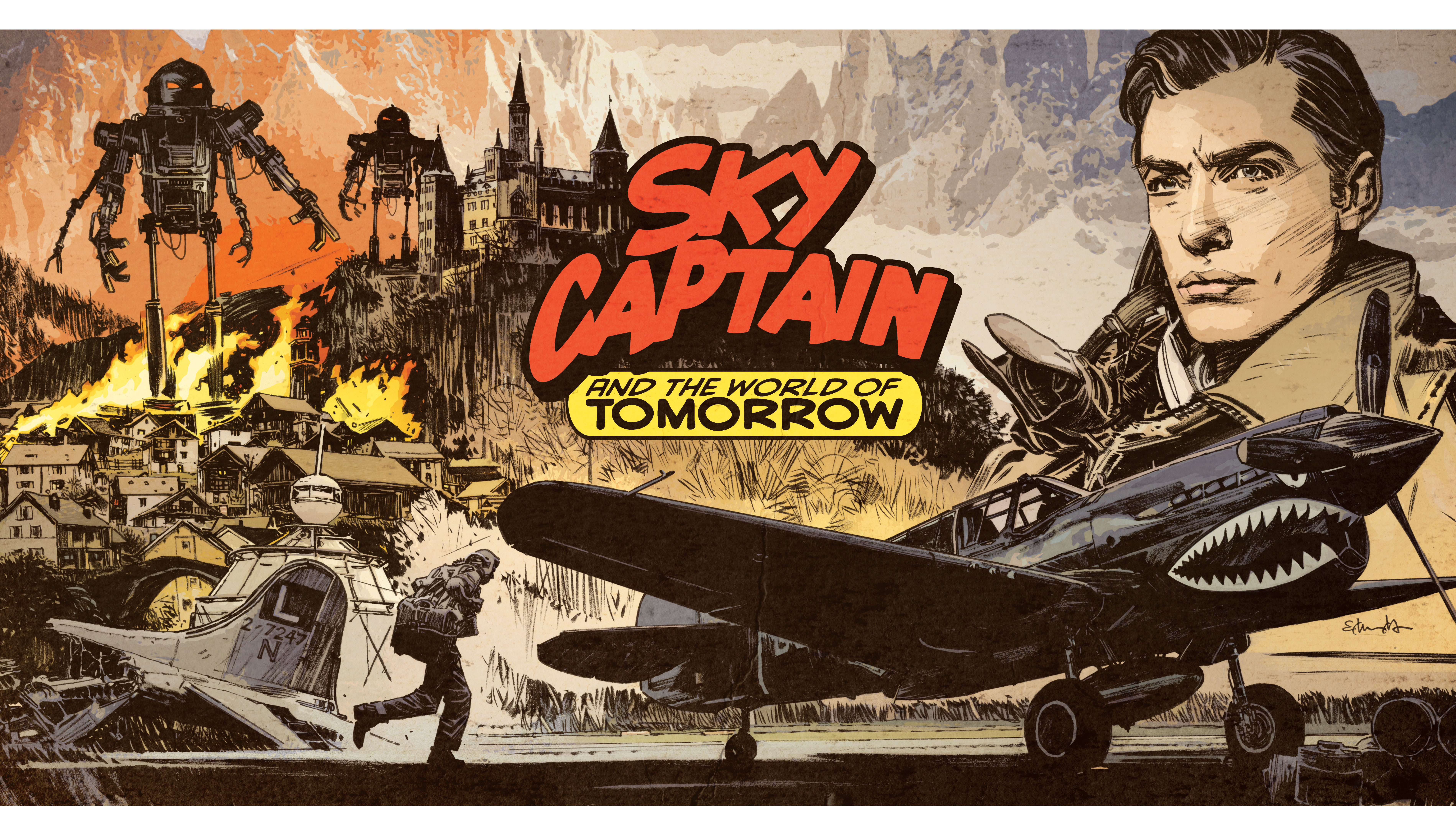
“Much of the networking is after hours over meals or drinks, so don’t hide in your hotel room,” says Seeley. “If someone you think is connected responds to your work, don’t be afraid to ask for introductions to people who could potentially help or hire you.”
After the day was over at a conference in Malmo, Taini found himself sipping on a few beers with the creator of the game Ico, the art director of Silent Hill and the concept artist for Jet Set Radio Future. "It was fantastic to talk with them in such an informal situation," he says, "and if it wasn't for that con it would have been impossible for me to meet and make contacts with such famous people."
"Take business cards and hand them out if the convention heads that way," advises Vieceli, "but sometimes people may just want to talk and get an idea of who you are. More importantly, head to the bar post-event if at all possible. My best friends and contacts are those that I've made with a drink (not necessarily alcoholic) in my hand."
With so many like-minded people in one place, there’s no reason to be wary of diving into conventions and making the most of them. “Coming to these events feels like coming home,” says van Welbergen. “It’s like everyone just speaks the same language, is on the same level. It’s the one place where people truly seem to understand you. It’s like finding a second family, and they all accept you in an instant for who you are.”
This article originally appeared in ImagineFX magazine. Subscribe here.
Read more:

Thank you for reading 5 articles this month* Join now for unlimited access
Enjoy your first month for just £1 / $1 / €1
*Read 5 free articles per month without a subscription

Join now for unlimited access
Try first month for just £1 / $1 / €1
Get the Creative Bloq Newsletter
Daily design news, reviews, how-tos and more, as picked by the editors.

The Creative Bloq team is made up of a group of art and design enthusiasts, and has changed and evolved since Creative Bloq began back in 2012. The current website team consists of eight full-time members of staff: Editor Georgia Coggan, Deputy Editor Rosie Hilder, Ecommerce Editor Beren Neale, Senior News Editor Daniel Piper, Editor, Digital Art and 3D Ian Dean, Tech Reviews Editor Erlingur Einarsson, Ecommerce Writer Beth Nicholls and Staff Writer Natalie Fear, as well as a roster of freelancers from around the world. The ImagineFX magazine team also pitch in, ensuring that content from leading digital art publication ImagineFX is represented on Creative Bloq.
